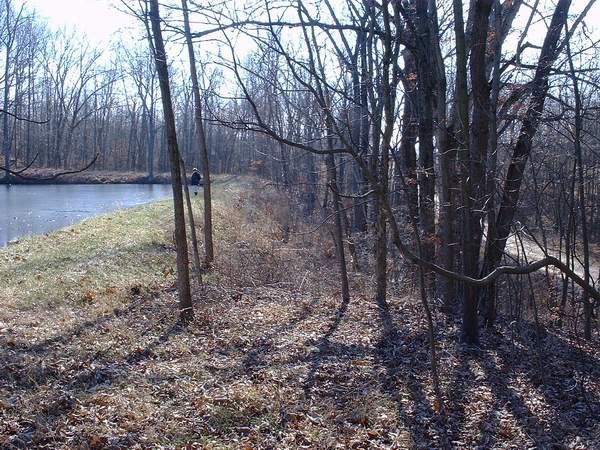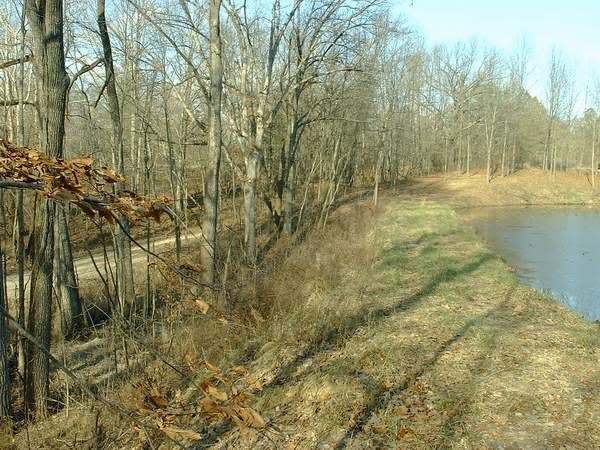A USDA thought...
Do not overlook the possibliity of failure of the dam and the resulting damage from sudden release of water. Do not locate you pond where failure of the dam could cause loss of life; injury to person of livestock; damage to homes, industrial buildings, railroads, or highways; or interrupted use of public utilities. If the only suitable pond site presents one or more of these hazards, hire a qualified person to investigate other potential sites to reduce the possibility of failure from improper design or construction.
As an interesting footnote, while looking for my "pond project property", I came across a beautiful existing 2 ac pond on 26 acres. (story has it, documented in the county historical society...?) It had been constructed back in the 1920/1930's and at the time was a rod & gun club, attracting the Chicago gangsters to central Illinois as a retreat. Anyway, when I had the county NRCS agent (a gal that just wow'd me with knowledge and participation)look over the site, the first thing she noted was the likelihood that it's construction location would never happen in this day and age. The dam towers about 30 feet over a county road that runs right behind it.


When I stood on the dam, I was pretty awe struck at the construction. The backside was extremely steep and I questioned the engineering wisdom. I was quickly reminded that, back then, ponds were often constructed with horse and mule teams with pull-behind scrapers (like strip coal-mining). If you could drain the water, you would see a very gradual slope on the water-side. This is how they piled up the soil...by walking the horses/mules up the gradual slope and dumping the soil at the top, returning down the same gradual slope to go scoop s'more. V interesting
